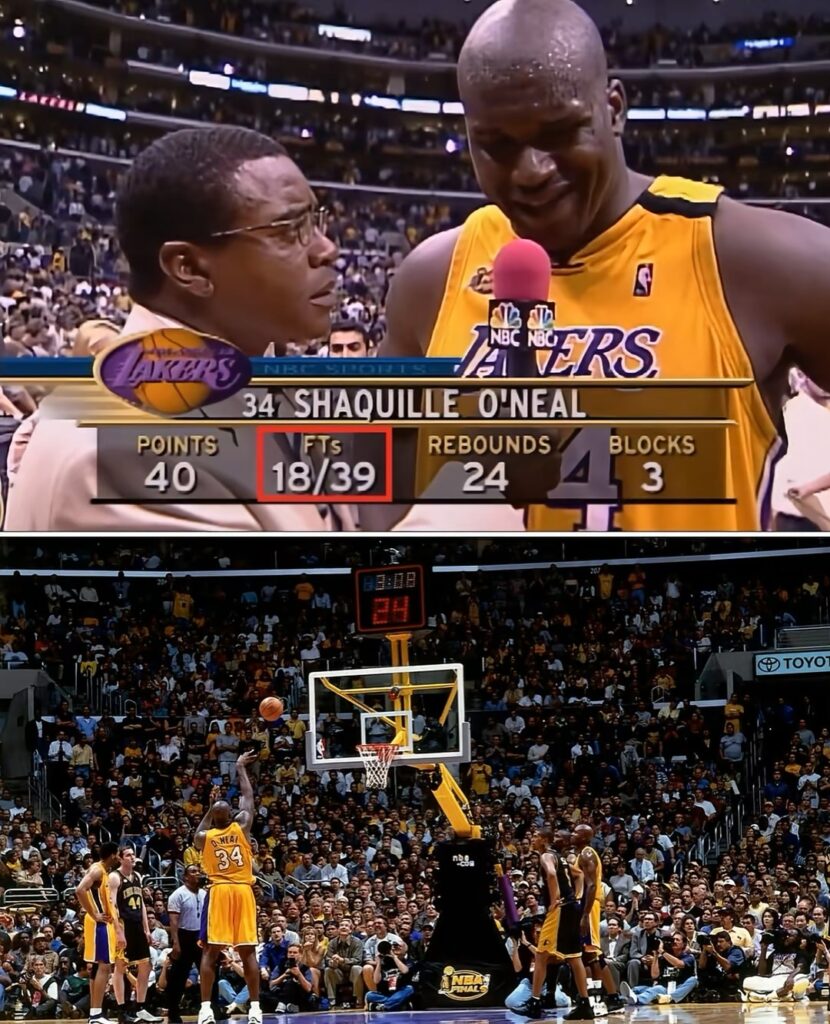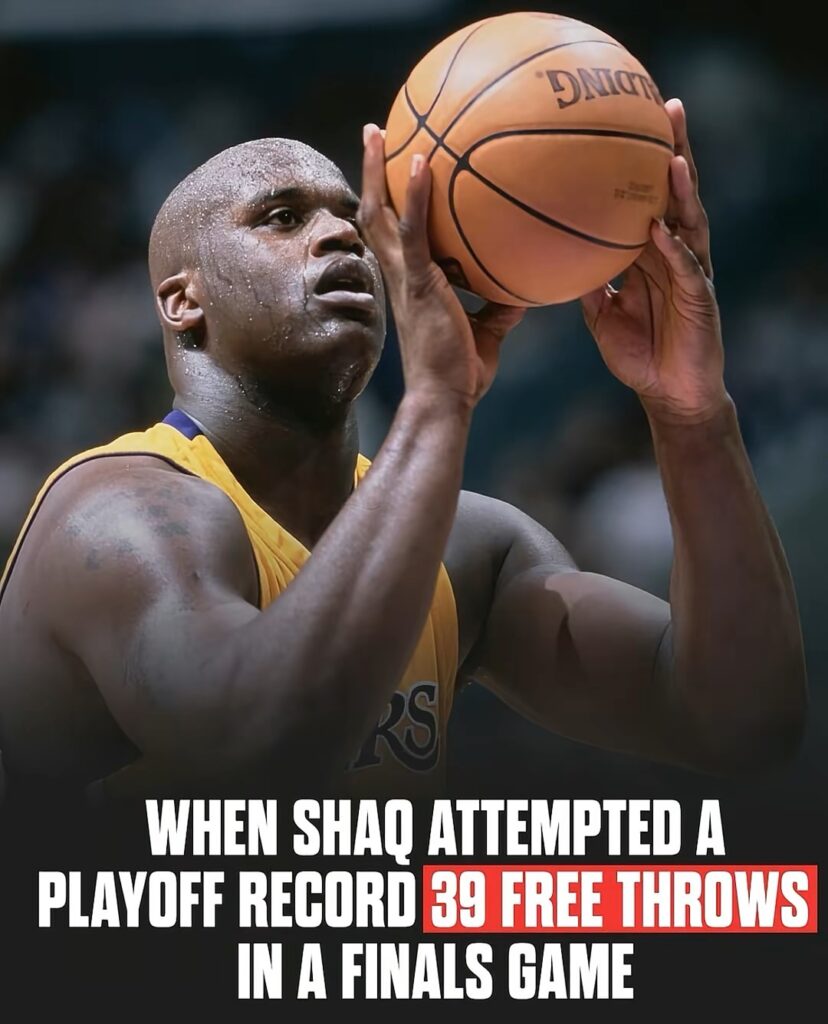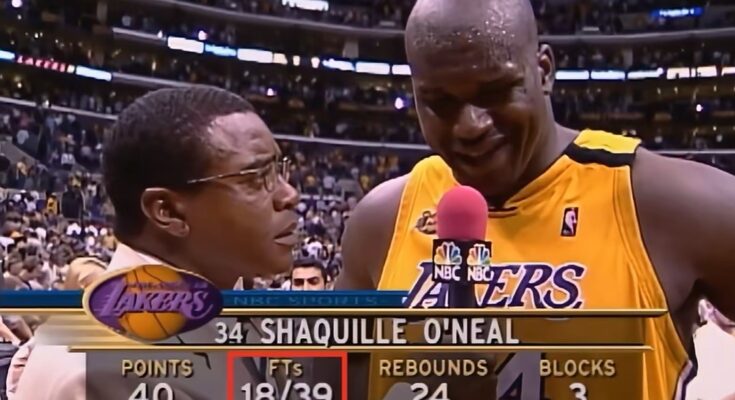
Twenty-five years ago today, NBA fans witnessed one of the most talked-about strategies in basketball history unfold on the biggest stage: the NBA Finals. Game 2 of the 1999 NBA Finals featured the now-infamous “Hack-a-Shaq” tactic, which was deployed in full force against the dominant center Shaquille O’Neal. This game not only showcased the intensity of Finals basketball but also sparked an ongoing debate about the ethics, effectiveness, and entertainment value of intentionally fouling a poor free-throw shooter. Let’s take a closer look back at this pivotal moment in NBA history, why the strategy was used, how it impacted the game, and its lasting legacy in the sport.
The Context: 1999 NBA Finals, Game 2
The 1999 NBA Finals pitted the San Antonio Spurs against the New York Knicks. The Spurs, led by the towering and dominant David Robinson and young star Tim Duncan, were seeking their first championship. Meanwhile, the Knicks, though a lower seed and underdogs, had a surprising run to the Finals with key contributions from Patrick Ewing and a fiery Shaquille O’Neal, who had joined New York that season.
Shaq’s size, power, and presence in the paint were undeniable threats. However, his free-throw shooting was notoriously weak, with career percentages hovering around 52%. This glaring weakness presented a potential loophole for the Spurs.
What Is “Hack-a-Shaq”?
The “Hack-a-Shaq” strategy involves intentionally fouling a poor free-throw shooter—often away from the ball—forcing them to shoot free throws rather than allowing their team to run normal offensive sets. The goal is to limit the scoring efficiency of a star player by exploiting their weakness at the charity stripe.
This tactic isn’t limited to Shaquille O’Neal alone; it has been used against various players with poor free-throw shooting throughout NBA history. But Shaq’s combination of dominance in the paint and free-throw struggles made him the poster child for this strategy.
How “Hack-a-Shaq” Played Out in Game 2

During Game 2 of the 1999 Finals, the Spurs executed the “Hack-a-Shaq” strategy with intensity. Whenever Shaq got the ball in positions where he could dominate offensively, Spurs defenders fouled him deliberately. This approach disrupted the Knicks’ offensive rhythm and forced Shaq to the line repeatedly.
Shaq, known for his aggressive and physical style, struggled at the line, making just about half of his free throws that game. The repeated fouling tactic frustrated both Shaq and Knicks fans but arguably was effective in limiting his scoring impact.
Coach Gregg Popovich and the Spurs’ defensive unit executed this plan with discipline, knowing that while Shaq was a scoring force, forcing him into less efficient scoring opportunities could help tilt the game in their favor.
The Controversy and Criticism
Though effective, the “Hack-a-Shaq” strategy drew considerable criticism from fans, players, and even broadcasters. Some viewed it as a negative tactic that slowed the pace of the game, detracted from the entertainment value, and was somewhat unsportsmanlike. Others argued it was a clever way to exploit a clear weakness and therefore a legitimate part of competitive basketball.
Shaquille O’Neal himself famously acknowledged his struggles at the free-throw line and expressed frustration about the tactic. But he also recognized it as part of the game’s chess match and vowed to improve his free-throw shooting over time.
The Impact on the Game and Series
In Game 2, “Hack-a-Shaq” arguably helped the Spurs control the tempo and limit the Knicks’ offensive efficiency. San Antonio’s defensive discipline combined with their offensive execution allowed them to even the series after the Knicks took Game 1.
While the tactic alone didn’t decide the Finals, it was a crucial strategic tool that demonstrated how coaches use every possible advantage to influence outcomes. The Spurs would eventually go on to win the series in five games, capturing their first NBA championship and cementing the legacies of Duncan and Robinson.
The Legacy of “Hack-a-Shaq”

The use of “Hack-a-Shaq” in the 1999 Finals was a defining moment that elevated the strategy’s profile in NBA lore. Since then, the tactic has been employed by various teams against different players with poor free-throw shooting, including Dwight Howard, DeAndre Jordan, and Andre Drummond.
The NBA has since adjusted some of its rules to discourage excessive intentional fouling away from the ball to maintain the pace and flow of the game. These rule changes make “Hack-a-Shaq” tactics more limited but not entirely eliminated.
Shaquille O’Neal himself worked hard to improve his free-throw percentage over his career, rising from the low 50s to over 52%, and was even occasionally a reliable shooter in clutch moments.
Broader Basketball Strategy Lessons
The “Hack-a-Shaq” moment teaches an important lesson about basketball strategy: no player is invincible, and every weakness can be targeted. It also highlights how coaches adapt strategies to their personnel and opponents. The chess match between coaches and players is a big part of what makes the NBA Finals so compelling.
Moreover, it underscores the evolving nature of basketball tactics, where physical dominance is balanced by skill and efficiency considerations.
Remembering the Moment Today

On this day, 25 years later, the memory of “Hack-a-Shaq” in Game 2 of the 1999 NBA Finals remains vivid among fans and analysts. It is often referenced as both a clever coaching tactic and a controversial strategy that tests the boundaries of sportsmanship.
For basketball historians and enthusiasts, it serves as a reminder of how the game has evolved over time and how moments like these contribute to the rich tapestry of NBA history.
Final Thoughts
The “Hack-a-Shaq” in Game 2 of the 1999 NBA Finals was more than just a tactic; it was a strategic turning point that influenced how teams defend dominant big men with free-throw struggles. It showcased the intensity and complexity of Finals basketball and sparked discussions that continue today about fairness, strategy, and the spirit of the game.
Whether you loved it or hated it, the “Hack-a-Shaq” moment 25 years ago remains an iconic chapter in the story of the NBA — a reminder that in sports, sometimes the most unorthodox strategies leave the biggest mark.



